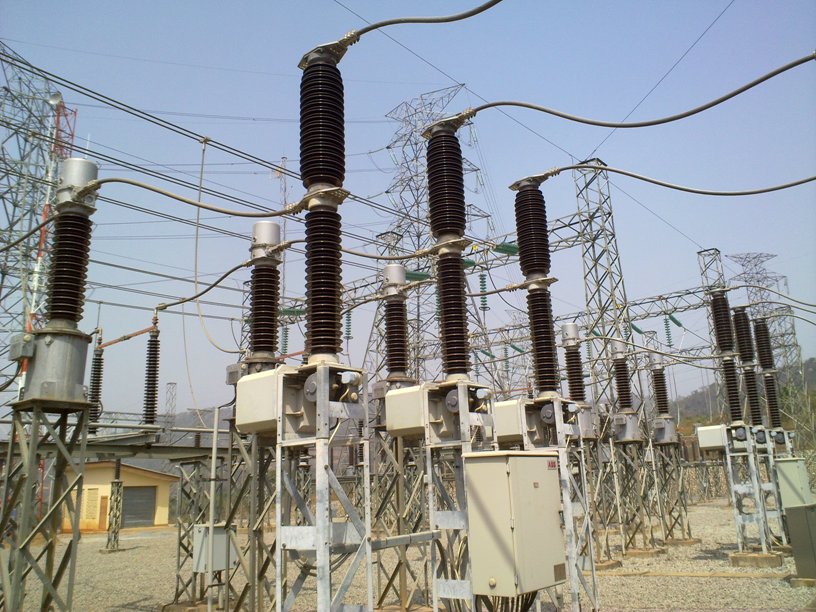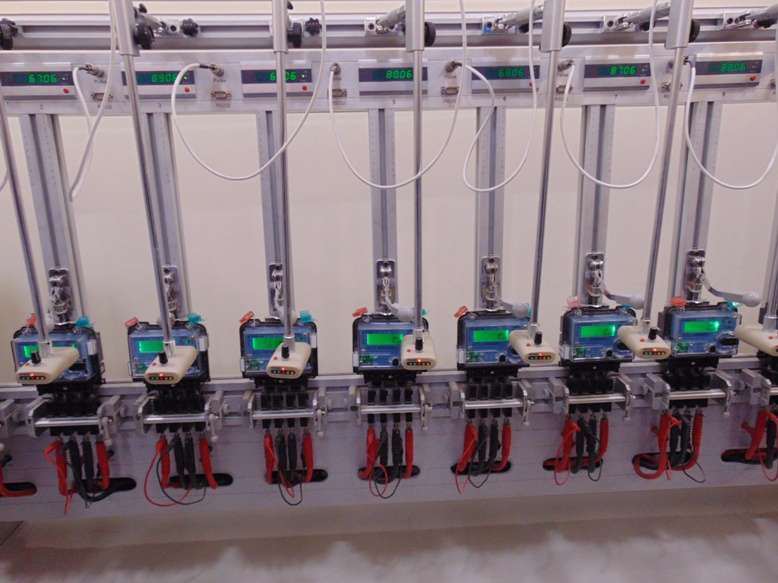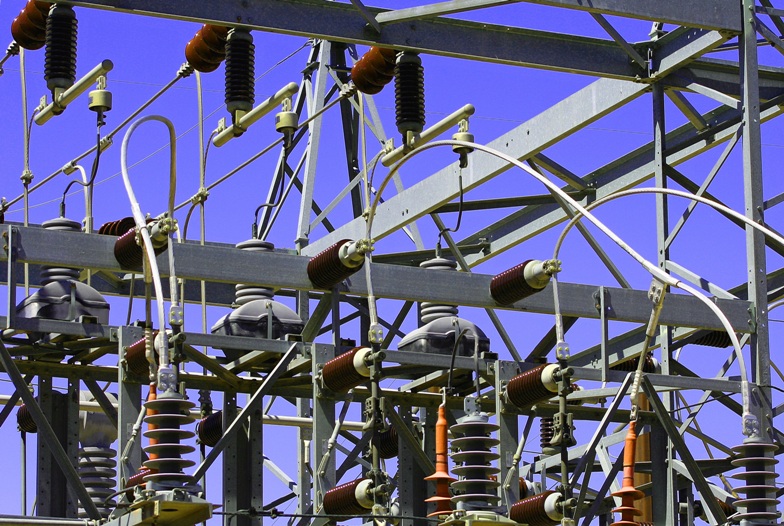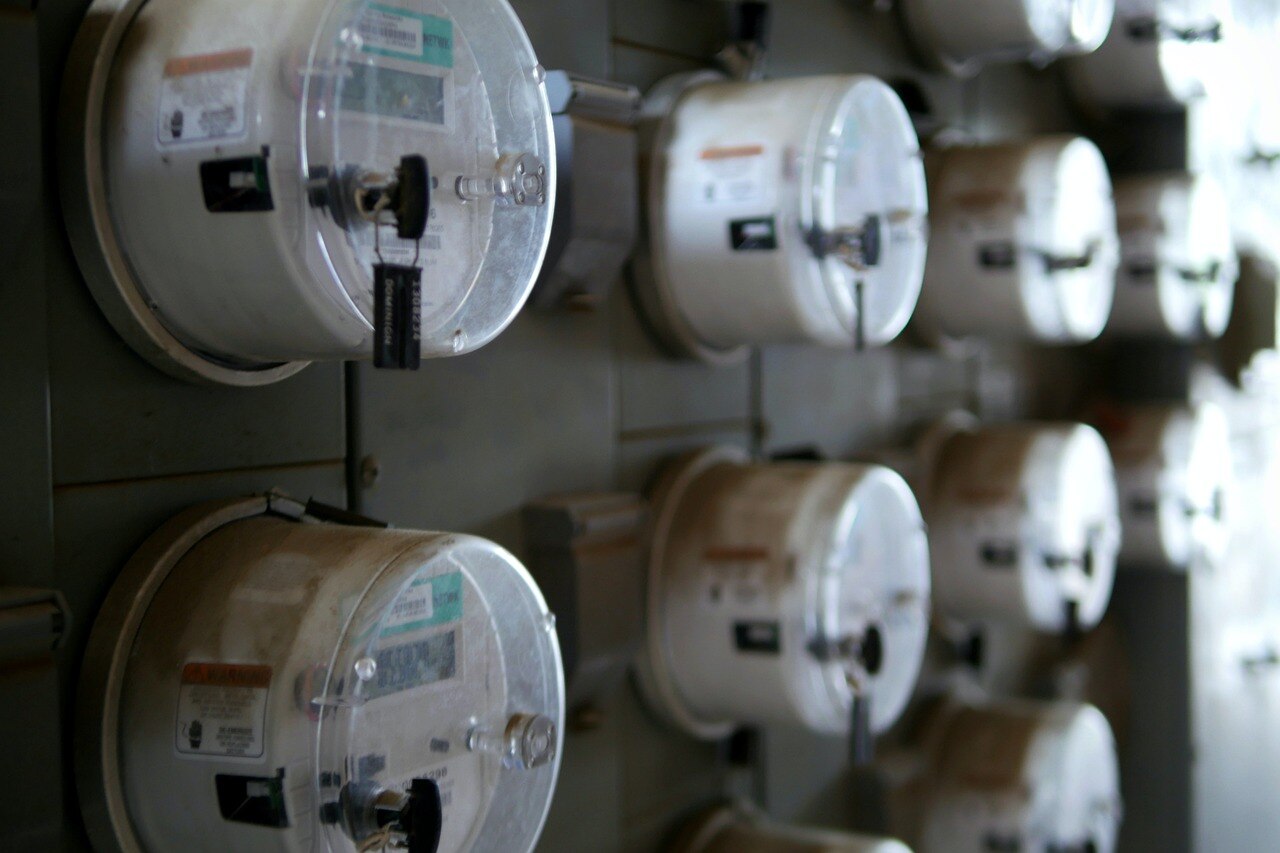Carriage-content separation can make the system more end-consumer oriented: DNV GL – Energy
- February 4, 2021
 Separation of “carriage” and “content” has been a subject under active deliberation in India for quite some time now. This reformative step is being widely viewed as a potential solution to improve technical and commercial efficiency in India’s power distribution sector. We have Anil Thomas, Head of Section, Energy Advisory, DNV GL – Energy, in this exclusive interaction, giving a comprehensive view on the subject – right from explaining the concept, to discussing the implementation challenges in India, and to explaining how DNV GL — Energy could gainfully use its vast experience to assist India in this transition.
Separation of “carriage” and “content” has been a subject under active deliberation in India for quite some time now. This reformative step is being widely viewed as a potential solution to improve technical and commercial efficiency in India’s power distribution sector. We have Anil Thomas, Head of Section, Energy Advisory, DNV GL – Energy, in this exclusive interaction, giving a comprehensive view on the subject – right from explaining the concept, to discussing the implementation challenges in India, and to explaining how DNV GL — Energy could gainfully use its vast experience to assist India in this transition.
There is much deliberation going on in India about separation of “carriage” and “content”, also known as “wire” and “supply”. Can we start by understanding what this fundamentally means?
In the current system, distribution companies (discoms) have dual role of providing network and retail supply to end consumers where they have a universal supply obligation. This means that discoms are currently have the responsibilities of both Distribution Network Operators (DNOs) and Distribution System Operators (DSOs).
 Unfortunately, discoms are in poor financial health mainly due to high aggregate technical and commercial (ATC) losses, heavy under-recoveries, inefficient power procurement, tariff structure and cross subsidies. Some of these issues can be solved, and operational efficiencies can be improved with the use of modern technology. However, the poor financial health inhibits any such attempt. Overall, this has an adverse impact on the capacity addition and the energy transition in power sector.
Unfortunately, discoms are in poor financial health mainly due to high aggregate technical and commercial (ATC) losses, heavy under-recoveries, inefficient power procurement, tariff structure and cross subsidies. Some of these issues can be solved, and operational efficiencies can be improved with the use of modern technology. However, the poor financial health inhibits any such attempt. Overall, this has an adverse impact on the capacity addition and the energy transition in power sector.
The separation of carriage and content means while a discom will still be responsible for network, the supply and revenue recovery would be done by separate multiple companies. In the new proposed system, the discoms would still be a monopolized and a regulated business, but retail would be open to competition thereby bringing in much needed operational efficiencies. End-consumers will have option of purchasing their power either directly from the spot market or from one or several competing power retailers.
We are able to draw on our experience in other developed electricity markets, and our long-standing relationship with Indian utilities to assist in a smooth implementation of carriage-content India.
In India, state government-owned distribution companies are trapped in a vicious cycle of high commercial losses and dissatisfied customers. How will the evolution of DSOs change the situation?
With privatization, DNOs would still be the same single entity (previously the discoms), which were monopolized and a regulated businesses in their respective regions. However, their financial condition would significantly improve as they will not be responsible for power procurement processes, which is a major cause of under recoveries. They will have a reasonable rate of return on their investments without any risk of power procurement cost. All these combined will lead to higher infrastructure penetration.
In the new proposed system, DSOs will have very low starting capital investment requirement. This will allow more new players to enter the market, thereby increasing competition and innovation. DSOs will be able to manage the supply portfolio better with better tariff design and cost recovery, and the overall market will benefit in terms of reliability, cost optimization and service & tariff innovation.
With DSOs stepping up under the new framework, they would be able to implement better requirements at a micro level, and provide local system services such as voltage control, peak shaving and congestion management with demand side management. In the present scenario there is no incentive for demand side management (DSM) measures; however the new market landscape will encourage DSOs to put these in place.
There will be also increased flexibility in distribution networks as DSOs will manage end consumers’ consumption and generation (including end consumers’ participation in wholesale and balancing markets) while following reasonable restriction requirements set by the DSO at the point of interconnection with the grid. This new flexibility that DSOs will have will translate into a reduction in the cost of electricity.
“The distribution franchisees model has had limited success though it managed to significantly reduce ATC losses in initial years.”
India has tried to take the middle path by privatizing loss-making distribution circles through the appointment of distribution franchisees. However, the success has been limited. What, in your view, could be going wrong?
The distribution franchisees model has had limited success though it managed to significantly reduce ATC losses in initial years. A middle path hasn’t worked well as it has not managed to do away with earlier legacy problems.
Various issues in the political landscape are contributing—inadequate profit margins, unattractive bid structure, unfair allocation of risks, inflexibility in operation for discoms. This lack of long-term assurance is a deterrent to discoms, who are hesitant to continue investments in the network with medium to long term measures.
What could be the direct and indirect benefits to consumers once the carriage and content separation takes place? Please discuss the end of monopoly of distribution companies.
 In the present structure, end consumers have limited say. They bear the burden of lack in efficiency, loss due to theft and any issue with grid management and reliability, such as grid curtailment and blackouts.
In the present structure, end consumers have limited say. They bear the burden of lack in efficiency, loss due to theft and any issue with grid management and reliability, such as grid curtailment and blackouts.
With carriage and content separation, DSOs’ roles would be limited only to distribution network availability, and end consumers would only have to pay transmission charges to DSOs for the infrastructure made available. End consumers would be free to choose competitively priced electricity with different attractive sources matching their consumption patterns and requirements. As end consumers would be paying the supplier directly only for the power drawn, they would be protected from commercial loss incurred by DSOs.
Overall, the current system would be made more end-consumer driven, thereby creating an environment where requirements and preference for end consumers would take centre stage.
While amendment in legislation can help in putting the right framework, a meticulous and detailed implementation plan would be required to address the issues of existing financial losses.
What are the challenges that you foresee in the implementation of carriage-content separation, in India?
The major challenge would be taking care of past liabilities and establishing a level playing field for new suppliers. Long term PPA obligation of DSOs, high levels of cross-subsidies and risks of cherry-picking of customers by suppliers would also pose major challenges.
While amendment in legislation can help in putting the right framework, a meticulous and detailed implementation plan would be required to address the issues of existing financial losses. This would mean doing away with cross subsidies through proposed Direct Benefit Transfer (DBT), transparent and rational tariff determination process, segregation of existing PPAs, supply mandate and an agile system to react actively to the upcoming challenges. Electricity being concurrent subject, it would be an uphill task to forge consensus between the state and federal governments.
Are there developing countries in your knowledge that have been successful in the carriage-content separation endeavour?
The concept of carriage-content separation has been successfully implemented in developed countries such as the UK, New Zealand and many states of the US. New Zealand has successfully demonstrated healthy competition and reduction in cost of electricity through more than 20 retail suppliers. Developing countries and manly South Asian countries are still endeavoring for the structural changes to implement carriage-content separation.

What type of services does DNV GL provide in this regard? Which countries has DNV GL been associated, and what it the level of engagement in India?
DNV GL has been in the power sector for more than 90 years, and we are committed to investing 5 per cent of revenue in research and development (R&D) each year. Our R&D work has enabled our stakeholders in both the public and private sectors to solve major challenges through structural reforms and technological innovation.
On the technological requirements side, we work with DSOs in the areas of smart metering and communication protocol solutions, which would be the backbone of carrier-content separation model. We can also support DSOs with demand/renewable energy generation forecasts, and provide advice on the flexible operation of generation portfolio to ensure cost optimization.
DNV GL can assist DSOs in flexible contract purchase for voltage control, peak shaving and congestion management considering the demand pattern, generation pattern, congestion management etc.
On the market design side, we can carry out detailed system analysis for future contracts system investment and can support in purchase of optimal market product based on consumption patterns.
To put it simply, we are able to draw on our experience in other developed electricity markets, and our long-standing relationship with Indian utilities to assist in a smooth implementation of carriage-content India.
(All images are for representation only)


